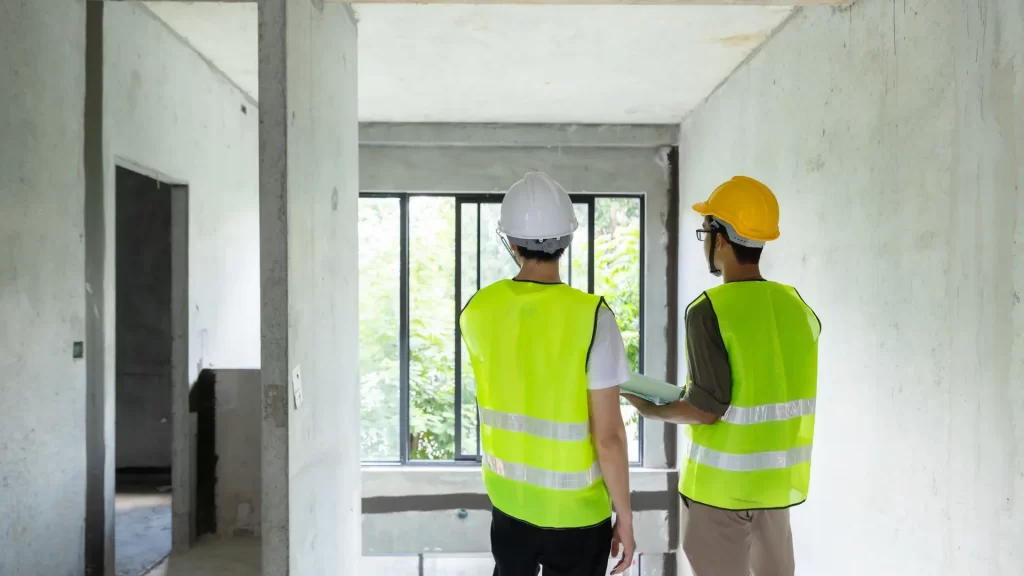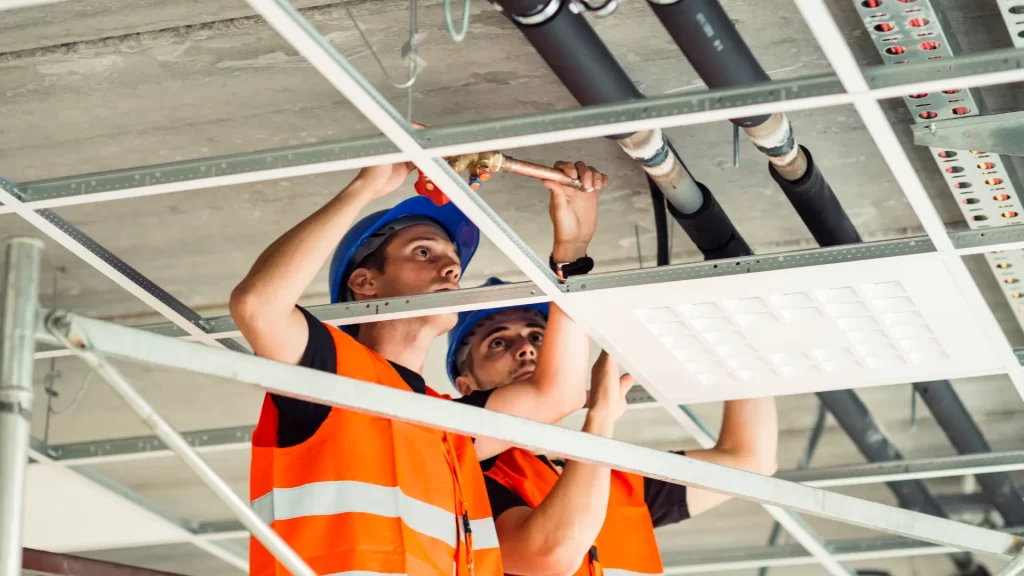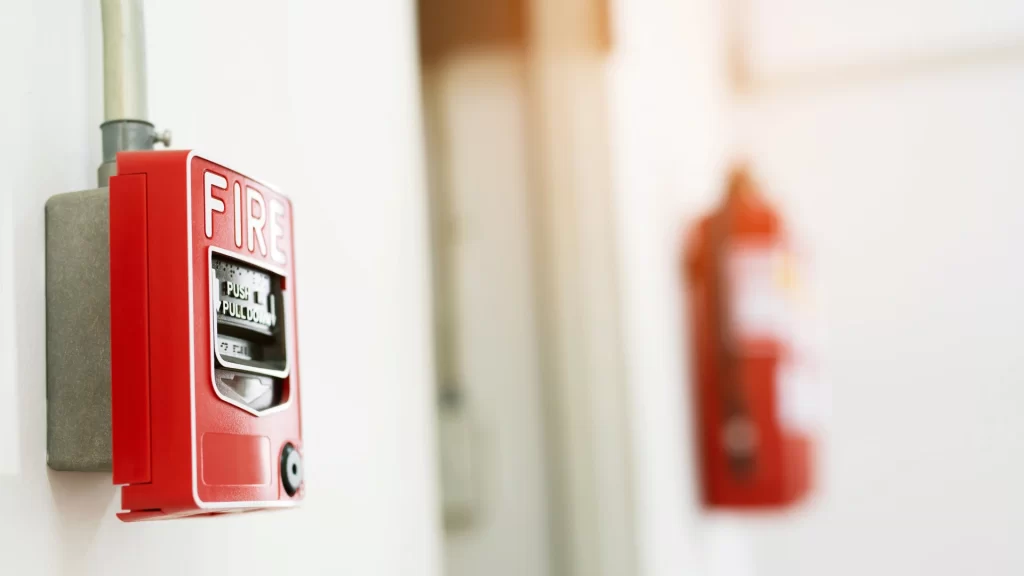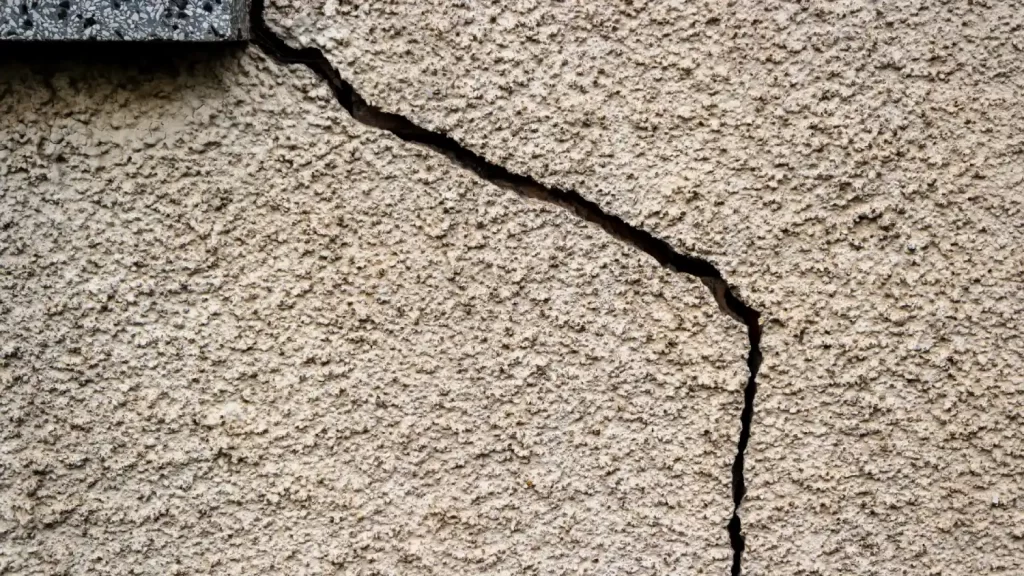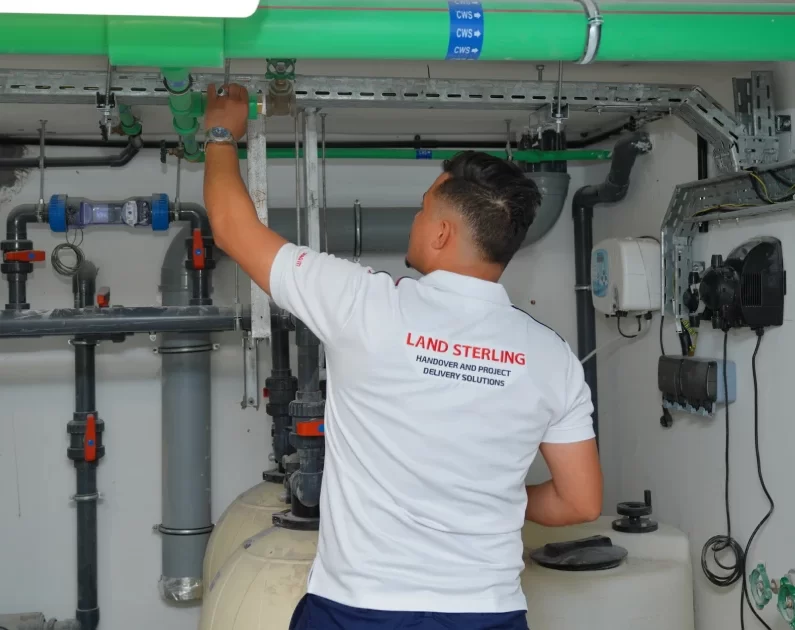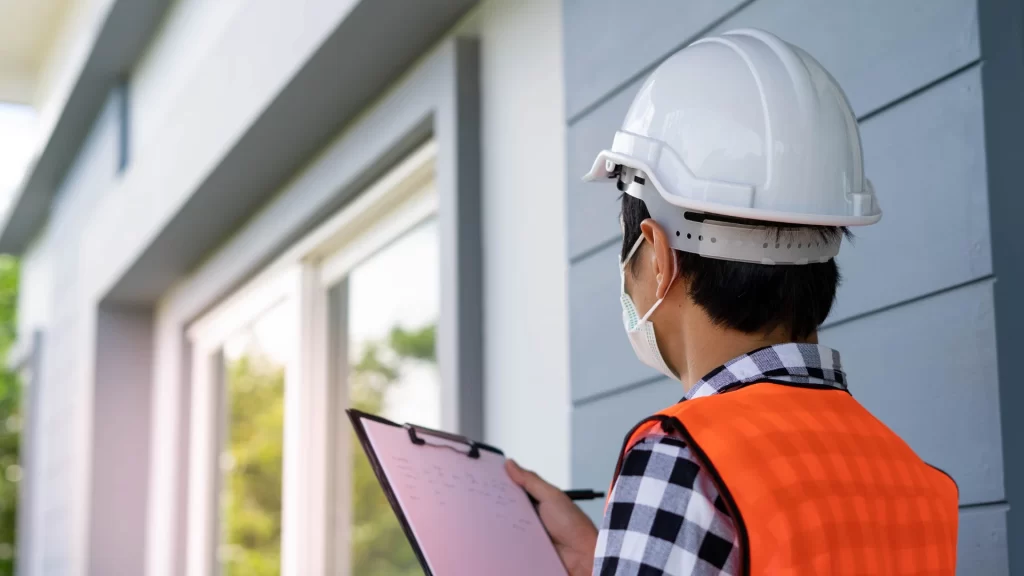We have many property owners around us who assume that the property they purchased many years ago is still safe to live in because it looks flawless from the outside. But little do they know that appearances can be deceiving, and their establishment is just a storm away that can pose a risk to safety. A detailed inspection can reveal how badly that building can disrupt safety and daily operations and how badly it can lead to financial burdens in the future.
To avoid all these inconveniences there is a service that professional real estate experts give, which is called condition audits. There are so many defects in buildings, like structural, mechanical, or safety systems, that the naked eye can not witness at first glance. However, condition audits do the job quite smoothly. According to the stats, there is a 75% chance that buildings can be prevented from managing at the early stage with proper intervention. In this blog we are going to describe in detail why your building needs a condition audit in detail to uncover the critical issue that might remain unnoticed by you.
What Does Condition Audit Mean?
Real estate experts who know the consequences of not giving a property detailed inspection and renovation services from time to time provide services like condition audits. These kinds of audits are basically detailed assessments of a building’s overall health. Detailed review means monitoring the state and performance of a building keenly rather than just a simple visual inspection. Such audits include the checkup of:
Structural Integrity: It means checking the building’s foundation, beams, and columns for any tear and instability.
Mechanical Inspection: Mechanical inspection includes the monitoring of HVAC systems, plumbing and electrical network while guaranteeing safety.
Fire Safety: Detailed inspection of buildings includes the checking of the functionality of alarms, sprinkles, and emergency exits.
Checking Indoor Environment: Condition audits include the checking of ventilation systems, insulations, and moisture levels.
The Impact Of Environmental Factors In Building Safety
It’s not compulsory that if a person has been living in a building for thirty years, he might have practised poor maintenance that has resulted in building flux. Many other factors can also be the reason that the building’s structure has weakened over time. The most profound ones, apart from ageing materials and poor maintenance, are the environmental factors that are mostly overlooked.
Environmental factors can cause hidden damage that is not seen most of the time; for example, if someone is reading beside saltwater, that is the primary reason causing rust to metal and concrete can make the buildings shaky over time.
In most cases, while doing the condition audits, experts have witnessed that extreme weather conditions, which were left unnoticed, like areas high in humidity and moisture, can make walls more prone to mould growth, thus resulting in harming both buildings and the residents.
With condition audit services, you can prevent your building from getting affected by environmental factors because, in such audits, buildings get proper checking, ultimately helping you fix the problems on time so they can not turn into expensive blunders.
Steps Involved In Condition Audits
As discussed above, a condition audit is not just a simple process of examining the building at one glance; rather, it is a detailed inspection that is done to provide a clear picture of your building’s condition.
Initial Assessment
The audit begins with the initial examination. The auditors come to your place with proper tools and accessories and walk through the space to identify any visible defects that can be seen with the naked eye. They identify any visible signs of wear and tear that need to be addressed.
Detailed Inspection
After the initial assessment, the process of detailed examination comes into play. The auditors use advanced tools like thermal cameras and moisture meters. While using these tools, they explore the building thoroughly. For example, while using thermal imaging, they measure and reveal the heat loss areas; with the help of moisture meters, they carefully detect the hidden leaks behind the walls, etc.
Reporting
After careful breakdown while using professional instructors, a team of auditors is advised to work on making a detailed report. They start working on a report that points out the identified issues, potential risks, and how to overcome those risks with proper inventions.
Conclusion
Construction defects are relatively common among buildings, especially if you have purchased an already-made home or you have just finished the renovations. The only way to recover the potential risks and to make a building safe to live in is to invest in condition audits that let you live safely. It’s not just about safety; it’s about how doing condition audits can prevent a big financial loss in the future with on-time intervention. What looks safe today might be a ticking time bomb waiting to cause problems tomorrow. Let the condition audit be your defence against all the unexpected risks.


